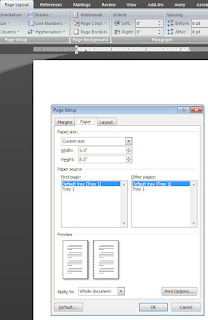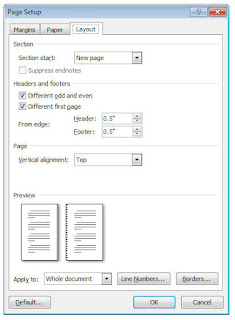The best fantasy series I have ever read must be, hands down, the books of Anne McCaffrey. For anyone not familiar, McCaffrey (1926- 2011) wrote the infamous Dragonriders of Pern, a series of 22 separate novels that take place on a distant earthlike planet. The largest (literally!) difference between Pern and Earth is the fact that huge dragons exist, they have telepathic powers and they bond (or impress) with humans. The guardians of the planet are the mythic dragonmen who ride these immense creatures and ward off any dangers that might arise.
I believe McCaffrey’s books are so successful partly because she has somehow tapped into an archetypal desire of the human race. From the first time dragons were recognized by human consciousness, they have gripped the imagination and inspired emotions across the board: love, hate, awe, fear, power, life, death, immortality, sexuality and liberation. In China, the dragon has been revered for millennia; ancient peoples of varying cultures have presumed comets were celestial dragons flying across the sky and heralding great changes. During the Age of Exploration, it was common to populate maps of the unknown areas with the famous phrase, “Here be dragons,” denoting dangerous and fearful waters. Dragons have by turns been the stuff of either dreams or nightmares, but they have never failed to fascinate, and riding one seems like the ultimate thrill.
So with a backdrop like that, how could McCaffrey lose? Actually, she could. Although the premise that runs through her books is phenomenally attractive, without good stories, good plot development and believable characters, it still would not be enough. Luckily McCaffrey was a master at every aspect of writing. She fully developed the world of Pern and populated it with a varied, regional-specific and vocation-specific race of humans that must learn to balance their sometimes conflicting needs against the needs of the world as a whole. Her main characters, hard-headed Lessa, equally bull-headed F’lar, Robinton in his cups, the quiet F’nor, are all fully human in that they have their flaws, yet all are (ordinary) people who take on extraordinary challenges. McCaffrey loved her villains, as well, and crafted them with as much care as the heroes; during your time on Pern, you will meet dictators, manipulators, bullies, and the fearfully stupid. This, I believe, is McCaffrey’s strength and the core of all good fantasy writing: no matter how alien the locale, we must have realistic characters to whom we can relate.
Luckily for us, McCaffrey had more energy and more imagination than could be contained on a single planet. Her other books―some in series, some stand-alone―explore other aspects of alien worlds and human endeavors. Dinosaur Planet, The Ship Who Sang, Killishandra, The Rowan all expand McCaffrey’s story-telling talent in different directions, delivering memorable characters in uniquely different situations. I honestly cannot think of any book of hers that I have read that disappointed.
I certainly did my best to emulate her in my fantasy novel, The Blue Crystal. Although as a stand-alone book it cannot have the scope of McCaffrey’s entire series, I do believe it makes good use of the strengths she employs: admirable characters in extraordinary circumstances amid alien landscapes and cultures. The Blue Crystal tells the story of a young villager who sets out to free his family from the slave mines of the evil emperor Mal-Zor, but instead finds himself drawn into a mythic and magical battle between good and evil. Aided (and often frustrated) by the whining halfling Igli, Jared encounters strange animals, dangerous terrain and unfamiliar cultures as he pursues his quest. The Blue Crystal is an epic fantasy more similar in story to The Lord of the Rings or the Chronicles of Narnia: The Lion, the Witch and the Wardrobe than to McCaffrey’s books, but I would like to think it reflects well on all of those, as they have all influenced my writing.
Sadly, Anne McCaffrey passed away in November of 2011 at the age of 85. As prolific as she was, I can’t help but wonder how many amazing stories died with her that we will never know. The good news is that her work will be available for all future generations; the bad news is that she will be sorely missed. Story-tellers as real and accomplished as she was are rare gems in the literary world.





